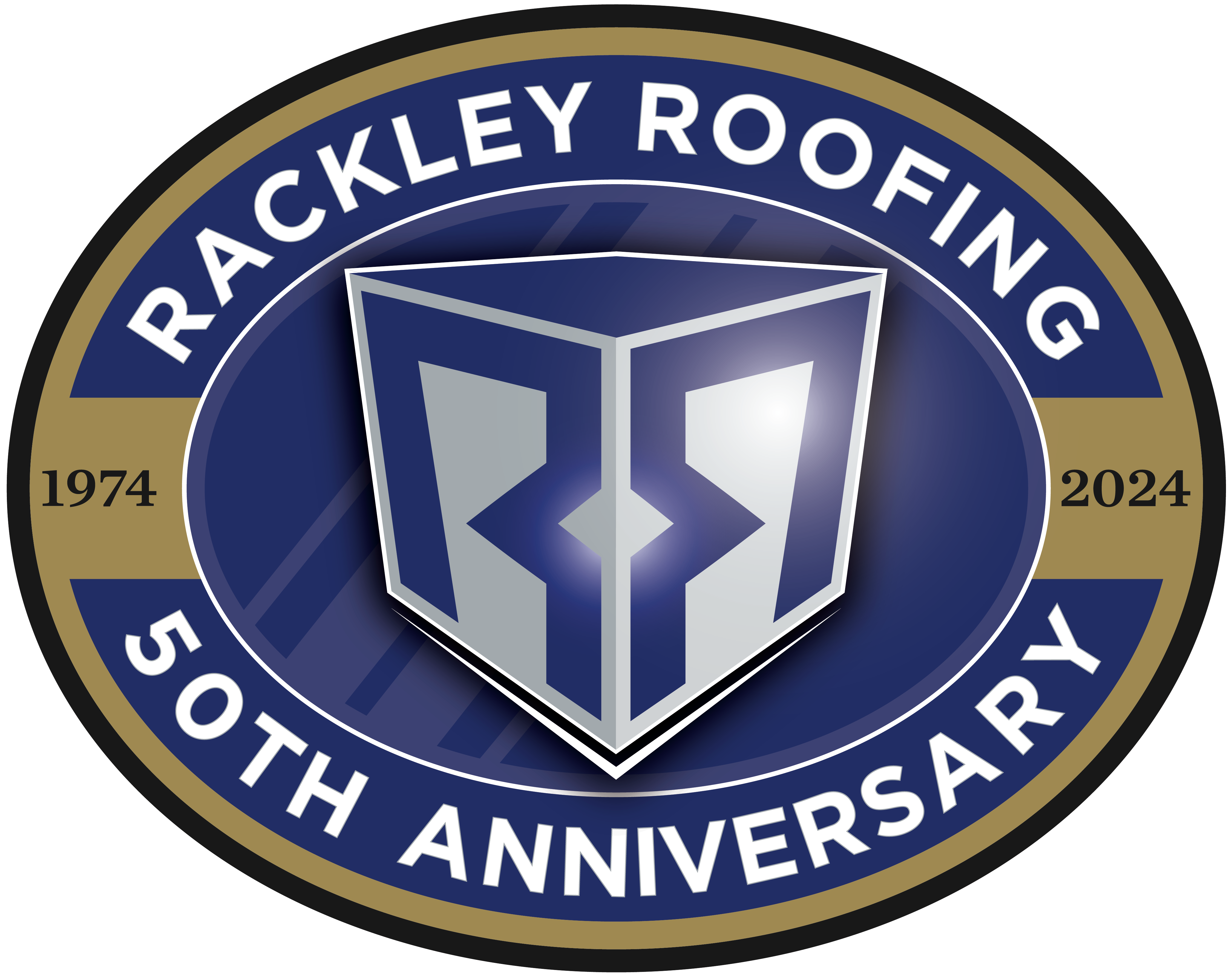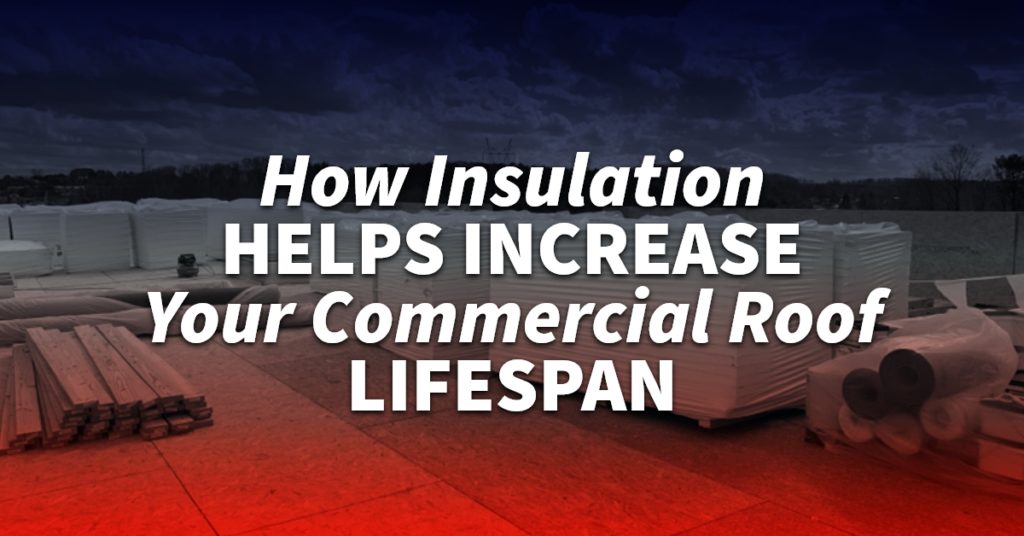At Rackley Roofing, we know that as important as your selection of a roofing material is for your commercial property, the insulation beneath that surface is equally important. Without the right insulation for your building’s low-slope roof, you risk losing money on wasted energy. Many commercial roof insulation types can add to your company’s bottom line.
Reduce Costs, Extend Life
Choosing the proper commercial roof insulation type based on your unique site conditions will reduce energy costs on heating and cooling. The correct insulation also helps extend the life of your commercial roof by minimizing extreme temperature fluctuations that wreak problems from thermal expansion and contraction.
All insulation is measured in R-value, a metric of the material’s ability to slow the transfer of heat. The “R” stands for “Resistance,” so the higher the R-value, the better the material resists heat movement.
For all our technology, air is still one of the best insulators. Commercial roof insulation aims to capture as much air, in tiny bubbles and pockets, as possible. Heat escaping your commercial building’s roof deck slows down as it struggles to pass from air pocket to air pocket. Your commercial roof insulation allows your HVAC system to operate more efficiently. Your heating and cooling plants need to work less, for less time, when less heat escapes in winter or enters in summer.
Effective rooftop insulation helps your roofing surface reflect away much of the intense heat (infrared rays) of sunlight. That keeps the roof cooler, so it does not expand and shrink as much as it otherwise would. Minimizing stress on the roof surface allows that material—PVC, BUR, TPO, whatever you may have—to last longer and perform better.
Commercial Roof Insulation Types
Nobody—not an online article, a fellow commercial property owner, or even your local commercial roofer—can tell you which commercial roof insulation is best for you. Every building has its own unique factors affecting the selection of the ideal insulation:
- Geographic location—Longitude and latitude within the southeastern United States.
- Topography—A warehouse at the foot of a mountain faces much different wind and weather than a downtown office building.
- Climate—Including microclimates or the prevailing weather patterns down to a city block.
- Exposure—The average hours per day of direct sunlight on your roof can (and should) be measured.
- Budget—Just as some roofing materials have higher initial costs than others, insulation costs vary.
- Building configuration—A vast expanse of a low-slope roof on a warehouse behaves differently than a steep-slope roof of a Mom ‘N’ Pop diner.
- Building age—With age, consider your building’s maintenance and repair history.
- Roofing material—Your roofer is in the best position to advise on your current roofing material, its behavior under different temperatures, and its longevity.
Only after considering and weighing all the factors should you select one of the many insulation materials available to protect your roof and business:
- Phenolic Foam—The R-value of this material varies between R 6.7 and R 7.5 per dimensional inch. This foam is notable for its uniform, closed-cell structure, low thermal conductivity (high R-value), and good performance providing thermal insulation while also offering good fire insulation at Class B1 ratings.
- Polyurethane—Closed-cell, rigid polyurethane foam earns an R-value of R 4 to R 6.5 per inch of thickness, is highly water-resistant, has a long life, and resists compression and sagging.
- Polyisocyanurate—The R-value of polyiso varies between R 6 and R 6.5 per dimensional inch; this insulation can be faced with organic felt, inorganic glass fibers, or foil to suit your needs for water resistance, vapor barrier, or fire resistance.
- High-Density Extruded Polystyrene (XPS) —This material is made by extruding plastic to offer highly consistent closed cells. It provides high compression strength (so strong it is used in constructing airport runways), R-values of 5 to 5.6 per inch of thickness, and a closed-cell structure that inhibits water and air movement.
- High-Density Expanded Polystyrene (EPS) — Made by expanding plastic spheres in a mold before compressing them under heat and pressure, this insulation offers an R-value of 3.6 per dimensional inch, comparatively low costs, complete water resistance, and resistance to chemical corrosion.
- Glass Fiber and Mineral Fiber Batts and Panels—Cellular glass insulation boards are 100 percent waterproof, have high compressive strength, and are inorganic (offering no attraction to pests). They have an R-value of 3.44 per dimensional inch, while mineral fiber matts offer R-values of 3 to 3.3 per inch of thickness and good sound absorption.
- Perlite Board—Perlite is a naturally occurring siliceous rock that can be blended with binders to foam cover boards. Its R-value is 2.7 per inch of thickness, but it is very lightweight, resists decay and vermin, and is a “green” insulator.
Contact us today at Rackley Roofing to learn more details about commercial roof insulation types, their application to your building’s unique needs, and our complete range of roofing services.




